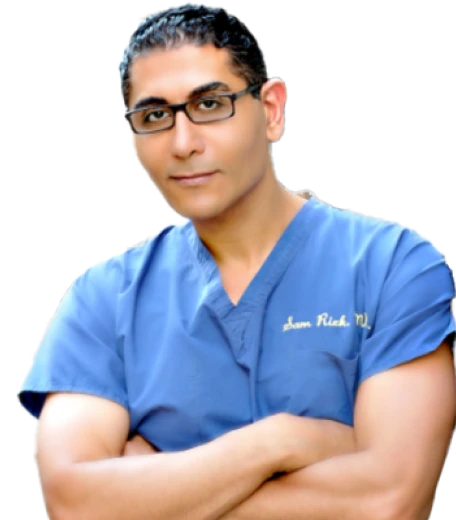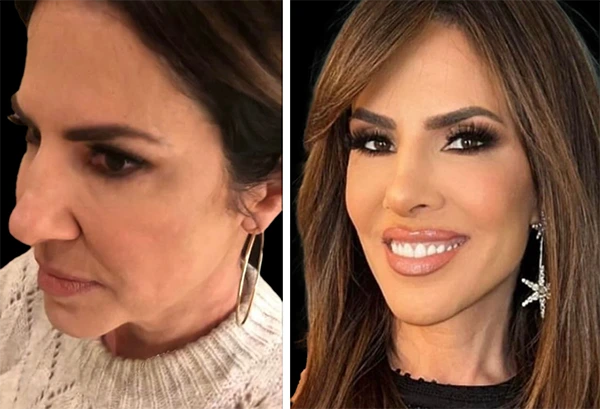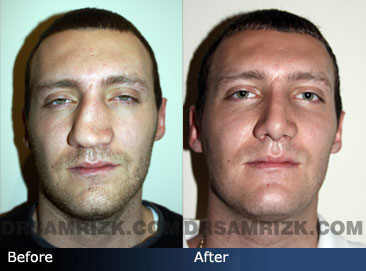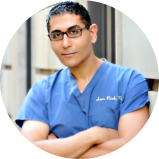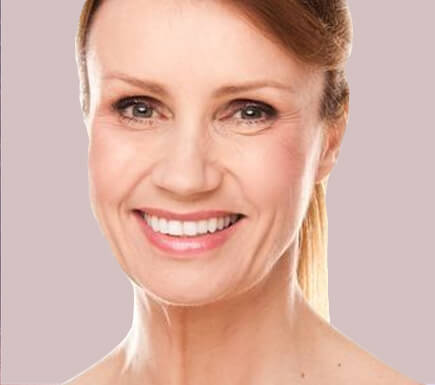Non-surgical rhinoplasty refers to a procedure in which a surgeon uses an injectable filler or botulinum toxin (i.e., Botox®) to alter the appearance of one’s nose. For example, a doctor may use a filler to change the shape of a bump, or camouflage an irregularity by selectively injecting collagen-stimulating fillers into various parts of the nose. The “non-surgical” aspect refers to the lack of general anesthesia and to the fact that the surgeon does not use a scalpel to make changes. In fact, it is not a surgery at all, but rather a cosmetic procedure using a hypodermic syringe filled with a sterile, hypo-allergenic filler to enhance the facial appearance of the patient.
Are You a Good Candidate?
Injectable fillers in nasal procedures are best used as a complement to a successful revision rhinoplasty, and not as a replacement or substitute for a nose job. Indeed, non-surgical rhinoplasty has many limitations. The first is that it simply is not a permanent solution. The fillers used in these procedures, such as Juvederm, Restylane, and Radiesse, are absorbed into the body in as little as six months. Also, by injecting a filler, you are enlarging the size of your nose without addressing the real issues you’re wishing to correct, be they tip, bump, crookedness or length issues. Fillers may also lead to scar tissue formation and infection — two things that could make a real, surgical rhinoplasty more difficult.
In practice, I think that these injectable fillers are best used after a successful surgical rhinoplasty in order to smooth out small imperfections after the major structural issues have been addressed. Injectable fillers can be very successful in improving the appearance of other parts of the face. However, when it comes to the nose, caution should be taken. Patients interested in fillers should come in for a consultation, as each case requires a personalized treatment plan.
If for some reason a patient is not a good candidate for revision rhinoplasty, fillers often become an appropriate tool to smooth out nasal irregularities. Collagen-stimulating fillers, such as Juvederm, can result in temporary improvements in asymmetries.
What Can a Non-Surgical Rhinoplasty Fix?
Patients often hope to make nasal bumps look less prominent by using fillers to even out their appearance. This technique can be quite effective, however it must be understood that while bumps will be less prominent, the size of the nose will actually increase. The injected nose will not appear smaller, and ultimately the effect is temporary.
Another form of non-surgical rhinoplasty involves the injection of Botox® into the depressor muscle of nasal tip to prevent the drooping of the nose that occurs with smiling.
Often after a patient undergoes a full revision rhinoplasty, small irregularities exist. While they do not impact breathing function, they can be aesthetically undesirable. These minor post-rhinoplasty flaws can often be fixed with the use of injectable fillers.
Note that non-surgical rhinoplasty cannot achieve the dramatic results seen in the photo above
The Procedure
A non-surgical nose job can be performed in the office and takes only 15 minutes. Recovery time is minor. Patients can usually return to work the following day. In addition, pain is managed using only ice and a topical anesthetic. No bandages or dressings are needed following the procedure. In order to avoid complications, patients should avoid using aspirin, vitamin E, and herbal products that may thin the blood for two weeks before and after the procedure.
My preferred anesthesia for non-surgical rhinoplasty is a topical anesthesia ointment. Some physicians use lidocaine injections, but I feel that this can obscure the area being injected. Using a sterile syringe containing the desired filler, an injection will be made under the nasal skin, most commonly into the subcutaneous tissue.
Types of Fillers
There are a few different types of injectable fillers that are used in our practice.
Hyaluronic acid (HA) – Fillers containing hyaluronic acid include Juvederm and Restylane. Hyaluronic acid is sterile, hypo-allergenic, and usually lasts in the body for six to 10 months. This filler can also be dissolved by use of a special enzyme, an advantage should complications arise.
Calcium hydroxyapatite – Injections of fillers with calcium hydroxyapatite, namely Radiesse, are not reversible. They do, however, have the advantage of lasting longer than Juvederm or Restylane. Radiesse is usually effective for up to 14 months.
Possible Complications
As with any injectable, complications are possible. There is a slight risk of infection and allergic reaction. For this reason, it is very important that any cosmetic procedure by performed by a qualified, board-certified facial plastic surgeon.
To learn more about non-surgical rhinoplasty, contact my office.

